MICROPLASTICS– NOT A MICRO PROBLEM
CoCoP: COMMUNICATING COHESION POLICY
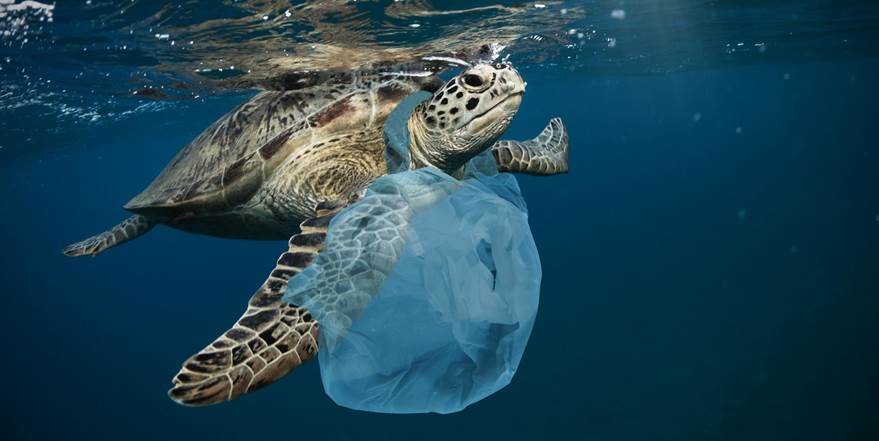

Written for JESPIONNE

Alessandra Peron
The other day, as I was surfing along the coasts of Barra da Tijuca, my fun and leisure time were cut short as I stumbled across a deceased dolphin tangled in a mess of plastic soda rings, netting, and other garbage. Upon closer inspection, my friends and I at the local marine center had discovered that her stomach was filled with microplastics and garbage that she had mistaken as food. As I stared down at the lost life, I wondered how we, as humans, could ever have allowed for pollution to escalate to this level, and whether or not there was a solution. Today, as you read this article, with every minute that passes, an entire garbage truck’s worth of plastic will be dumped into our oceans. This year alone, 8 million metric tons of plastic will enter our seas, equating to about 236,000 tons of microplastics. And every day, another creature, whether it be a great sperm whale or a small seagull, will wash ashore- its stomach filled with plastic-its body destroyed at the hands of humans.
Plastic’s origins lie in the quest to find a substitute for shellac. A natural substance extracted from the female lac beetle, though useful, shellac previously required an extensive amount of time to create, thus inspiring a man named Leo Baekeland to find an alternative. Eventually, Baekeland was able to create a substance he called Bakelite. By using phenol from coal tar to create the substance, Baekeland became the first person to create a fully synthetic plastic- earning him the title of “The Father of the Plastics Industry.” In the present day, although there are many concerns brought on by the plastics industry which we will touch upon later, there are also quite a few benefits which should be taken into consideration as we evaluate the best way to combat our global environmental crisis. The first being that, while the damage plastics inflict on our environment cannot be ignored, this malleable and heat resistant substance is ironically also part of the solution to arresting climate change.

THOUGH WE MAY NOT REALIZE IT, PLASTICS GREATLY AID IN THE CONSERVATION OF ENERGY AND FUEL AND ULTI-MATELY HAVE THE ABILITY TO LESSEN THE NEGATIVE EFFECTS OF HUMAN LIFE ON EARTH’S ENVIRONMENT

July 2020

Though we may not realize it, plastics greatly aid in the conservation of energy and fuel and ultimately have the ability to lessen the negative effects of human life on Earth’s environment. For instance, many of today’s aircraft incorporate plastics into their design for their lightweight characteristic which significantly decreases the amount of fuel consumed by the aircraft. An A380 double level Airbus’ design, for example, is 22% plastic which in turn saves fuel and lowers operation costs by about 15%. Additionally, plastics are the primary material for creating renewable energy technology such as wind turbines and solar panels; the PVC-U glazed windows and doors utilized in energy-efficient homes, would not be possible without the inclusion of plastic in their design. It is also important to note that, according to the British Plastics Federation, without plastics, it is predicted that packaging weight could increase by as much as 400%, production and energy costs would double, and material wastage could increase by 150%.
But, beyond the statistics, we must also evaluate the role plastic has come to occupy in our everyday lives. Whether we are aware of its overwhelming presence or not, so much of what we touch, interact with, and even depend on in life is made of plastic. Our reusable water bottles, vegan leather, cars, even medical equipment all consist of plastic. It surrounds our world and it is hard to imagine what life would be like without it. Plastics have become vastly intertwined into our lives, however, they have also caused severe and in some cases, even irreversible damage. According to Thomas Degnan and Subhash L. Shinde in their 2019 article on Waste-plastic processing for Cambridge University, we are drowning in plastic waste. In the article, they state that in 2015 alone, a total of 9.1 metric tons of plastic flowed into our oceans, and by 2050, experts estimate that this number could amount to as much as 850-950 metric tons thus exceeding the total mass of fish in the oceans. How could this be?


The answer is that for decades, we have not dealt with plastic waste responsibility and have ignored the importance of conserving and protecting our seas. Currently, 40% of plastic waste finds its way to landfills, 25% is incinerated, and only 12% is recycled. Up until last year, China was responsible for handling over half of the world’s recyclable waste, however, this is no longer the case due to China’s “National Sword Policy” released in January of 2018 which bans the import of most plastics and other materials that China had previously been accepting for more than a quarter of a century. This poses a large threat as it is expected that an increasing amount of plastic will enter our oceans. However, many still wonder, “Why should I care?” We know that over 700 species have been found with plastic remnants in their digestive systems, but how does this affect humans?
The answer is that often, unbeknown to us, we are indirectly consuming thousands of microplastics through the consumption of seafood. According to a report by the United Nations Food and Agriculture Organization, world per capita apparent consumption for fishery products in the year 2013, was about 19.7kg which represented an increase in consumption from their previous studies. According to a National Geographic article, while it is difficult to precisely say the extent to which the consumption of microplastics harms the human body, scientists have discovered that some of the chemicals in plastics such as ultraviolet stabilizers, flame retardants, and water repellants are considered as endocrine disrupters and can interfere with normal hormonal functions- even contributing to weight gain. Flame retardant, for example, can result in brain damage in children and fetuses while other chemicals found in plastics have been known to cause cancer and/or birth defects.



Being that many fish are known to carry toxins such as methyl mercury and other PBT’s, there is a concern that microplastics consumed by fish could act as a vessel for these toxins which, if later consumed by humans, could result in serious health problems. However, the report by the United Nations Food and Agriculture Organization found that, in general, with the exception of bivalves and several species of small fish which are consumed whole, most of the plastics consumed by fish remain in the gut and do not travel into the muscle tissue-which is primarily the part humans ingest. For decades now scientists, political leaders, and communities at large have attempted to bring our attention to not only ocean pollution but the terrifying ways in which we are inflicting harm on our planet and, essentially, killing it. At times perhaps, we grow tired of being told to recycle, use reusable straws, and carpool to reduce air pollution. Many of us may even think, “This will never amount to anything life-threatening during my lifetime, so why should I care? They’ll figure it out later.” But the truth is that whether we realize it or not, the effects and consequences of polluting our Earth have already affected us, we have just adapted to the damage and turned a blind eye.
However, regardless of your stance on the severity of pollution, there are small, simple steps we can all take towards reducing the amount of plastic being dumped into our oceans, and thus reducing the number of microplastics we consume every day. According to an article published by the Smithsonian, one of the simplest, and perhaps most obvious, ways to combat pollution is to reduce our use of plastic by doing easy things such as using reusable metal straws, bags, and water bottles. However, if you still feel this is not enough, encourage your local and state governments to implement laws which ban or restrict the use of plastic. In Ireland, a charge of just 15 cents on plastic bags implemented in 2012, resulting in reduced use of plastic bags by 90%. For many, both humans and creatures, the oceans are their homes. For myself, even from the age of a small child, I can recall spending entire days on the shores of Brazil, exploring and interacting with the beautiful nature which surrounded me. But it is as a result of human carelessness and error that these homes are now being destroyed and it is our responsibility to act and protect our planet and all of its creatures. In doing so we not only ensure the continued prosperity and longevity of our planet but of mankind as well.

Reference Article

By ELIZABETH ROYTE for NATIONAL GEOGRAPHIC
In a laboratory at Columbia University’s Lamont-Doherty Earth Observatory, in Palisades, New York, Debra Lee Magadini positions a slide under a microscope and flicks on an ultraviolet light. Scrutinizing the liquefied digestive tract of a shrimp she bought at a fish market, she makes a tsk-ing sound. After examining every millimeter of the slide, she blurts, “This shrimp is fiber city!” Inside its gut, seven squiggles of plastic, dyed with Nile red stain, fluoresce. All over the world, researchers like Magadini are staring through microscopes at tiny pieces of plastic—fibers, fragments, or microbeads—that have made their way into marine and freshwater species, both wild caught and farmed. Scientists have found microplastics in 114 aquatic species, and more than half of those end up on our dinner plates. Now they are trying to determine what that means for human health. So far science lacks evidence that microplastics—pieces smaller than one-fifth of an inch—are affecting fish at the population level. Our food supply doesn’t seem to be under threat—at least as far as we know. But enough research has been done now to show that the fish and shellfish we enjoy are suffering from the omnipresence of this plastic.
Every year five million to 14 million tons flow into our oceans from coastal areas. Sunlight, wind, waves, and heat break down that material into smaller bits that look—to plankton, bivalves, fish, and even whales—a lot like food. Experiments show that microplastics damage aquatic creatures, as well as turtles and birds: They block digestive tracts, diminish the urge to eat, and alter feeding behavior, all of which reduce growth and reproductive output. Their stomachs stuffed with plastic, some species starve and die. In addition to mechanical effects, microplastics have chemical impacts, because free-floating pollutants that wash off the land and into our seas—such as polychlorinated biphenyls (PCBs), polycyclic aromatic hydrocarbons (PAHs), and heavy metals—tend to adhere to their surfaces. READ MORE >>
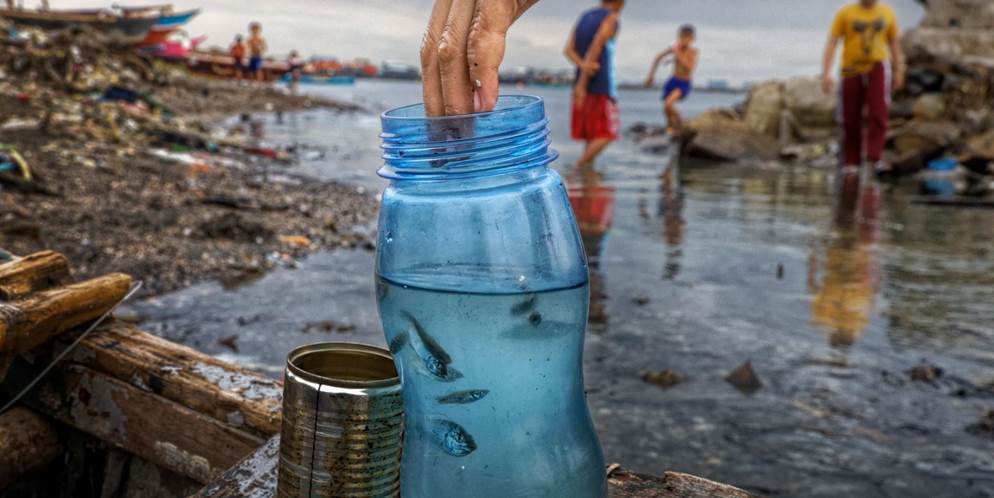


Chelsea Rochman, a professor of ecology at the University of Toronto, soaked ground-up polyethylene, which is used to make some types of plastic bags, in San Diego Bay for three months. She then offered this contaminated plastic, along with a laboratory diet, to Japanese medakas, small fish commonly used for research, for two months. The fish that had ingested the treated plastic suffered more liver damage than those that had consumed virgin plastic. (Fish with compromised livers are less able to metabolize drugs, pesticides, and other pollutants.) Another experiment demon-strated that oysters exposed to tiny pieces of polystyrene—the stuff of take-out food containers—produce fewer eggs and less motile sperm. The list of freshwater and marine organisms that are harmed by plastics stretches to hundreds of species. It's difficult to parse whether microplastics affect us as individual consumers of seafood, because we’re steeped in this material—from the air we breathe to both the tap and bottled water we drink, the food we eat, and the clothing we wear. Moreover, plastic isn’t one thing. It comes in many forms and contains a wide range
of additives—pigments, ultraviolet stabilizers, water repellents, flame retardants, stiffeners such as bisphenol A (BPA), and softeners called phthalates—that can leach into their surroundings. Some of these chemicals are considered endocrine disruptors—chemicals that interfere with normal hormone function, even contributing to weight gain. Flame retardants may interfere with brain development in fetuses and children; other compounds that cling to plastics can cause cancer or birth defects. A basic tenet of toxicology holds that the dose makes the poison, but many of these chemicals—BPA and its close relatives, for example—appear to impair lab animals at levels some governments consider safe for humans. Studying the impacts of marine microplastics on human health is challenging because people can’t be asked to eat plastics for experiments, because plastics and their additives act differently depending on physical and chemical contexts, and because their characteristics may change as creatures along the food chain consume, metabolize, or excrete them.



We know virtually nothing about how food processing or cooking affects the toxicity of plastics in aquatic organisms or what level of contamination might hurt us. The good news is that most microplastics studied by scientists seem to remain in the guts of fish and do not move into muscle tissue, which is what we eat. The United Nations Food and Agriculture Organization, in a thick report on this subject, concludes that people likely consume only negligible amounts of microplastics—even those who eat a lot of mussels and oysters, which are eaten whole. The agency reminds us, also, that eating fish is good for us: It reduces the risk of cardiovascular disease, and fish contain high levels of nutrients uncommon in other foods. That said, scientists remain concerned about the human-health impacts of marine plastics because, again, they are ubiquitous and they eventually will degrade and fragment into nanoplastics, which measure less than 100 billionths of a meter—in other words, they are invisible. Alarmingly these tiny plastics can penetrate cells and move into tissues and organs. But because researchers lack analytical methods to identify nanoplastics in food, they don’t have any data on their occurrence or absorption by humans.
And so the work continues. “We know that there are effects from plastics on animals at nearly all levels of biological organization,” Rochman says. “We know enough to act to reduce plastic pollution from entering the oceans, lakes, and rivers.” Nations can enact bans on certain types of plastic, focusing on those that are the most abundant and problematic. Chemical engineers can formulate polymers that biodegrade. Consumers can eschew single-use plastics. And industry and government can invest in infrastructure to capture and recycle these materials before they reach the water. In a dusty basement a short distance from the lab where Magadini works, metal shelves hold jars containing roughly 10,000 preserved mummichogs and banded killifish, trapped over seven years in nearby marshes. Examining each fish for the presence of microplastics is a daunting task, but Magadini and her colleagues are keen to see how levels of exposure have changed over time. Others will painstakingly untangle how microbeads, fibers, and fragments affect these forage fish, the larger fish that consume them, and—ultimately—us. “I think we’ll know the answers in five to 10 years’ time,” Magadini says. By then at least another 25 million tons of plastic will have flowed into our seas.
Photos by
Assoicate Press / Politico / Original Source Article
TAGS
Angela Merkel / Syrian Refugees /German Chancellor / Josef Janning / European Council on Foreign Relations / Berlin / European Security / Brexit / Greece Financial Crisis / Person of the Year / Politico / Mathew Karnitsching

July 1st, 2020

INTERVIEWS























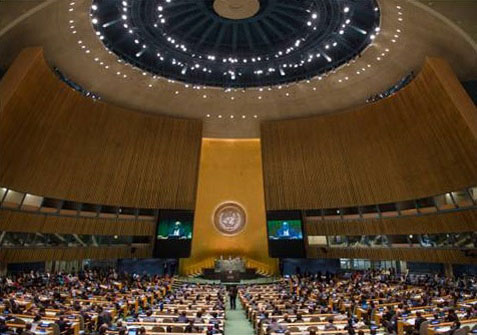




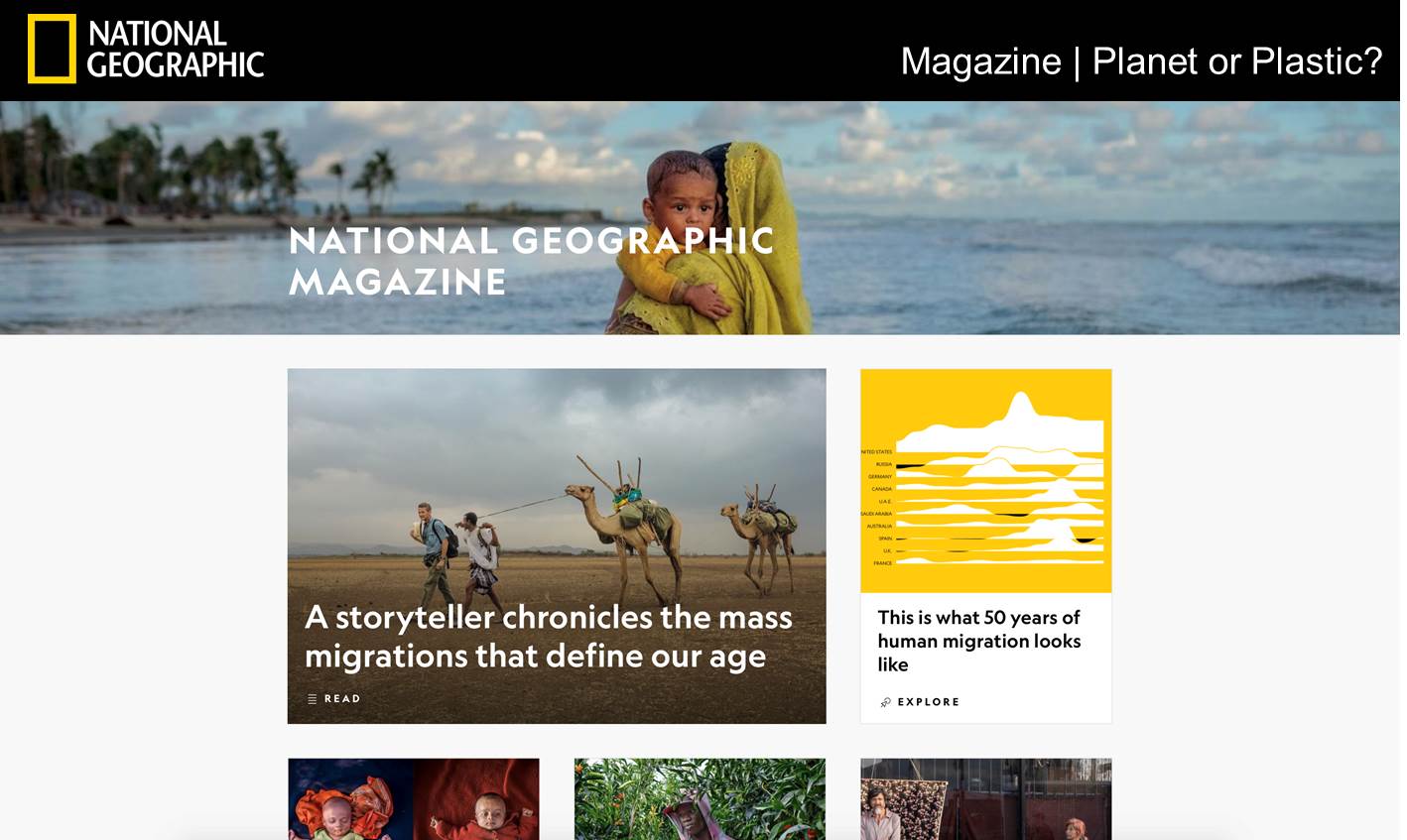






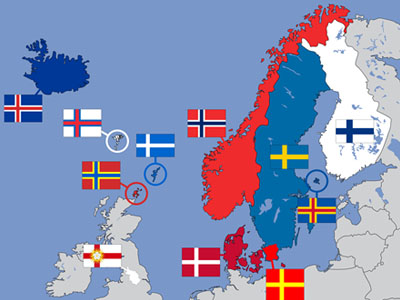

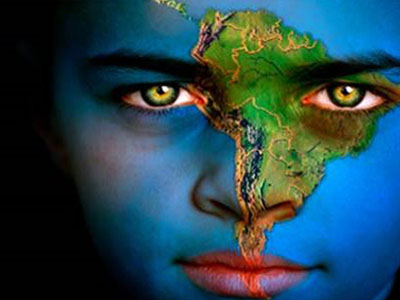
















SOCIAL MEDIA